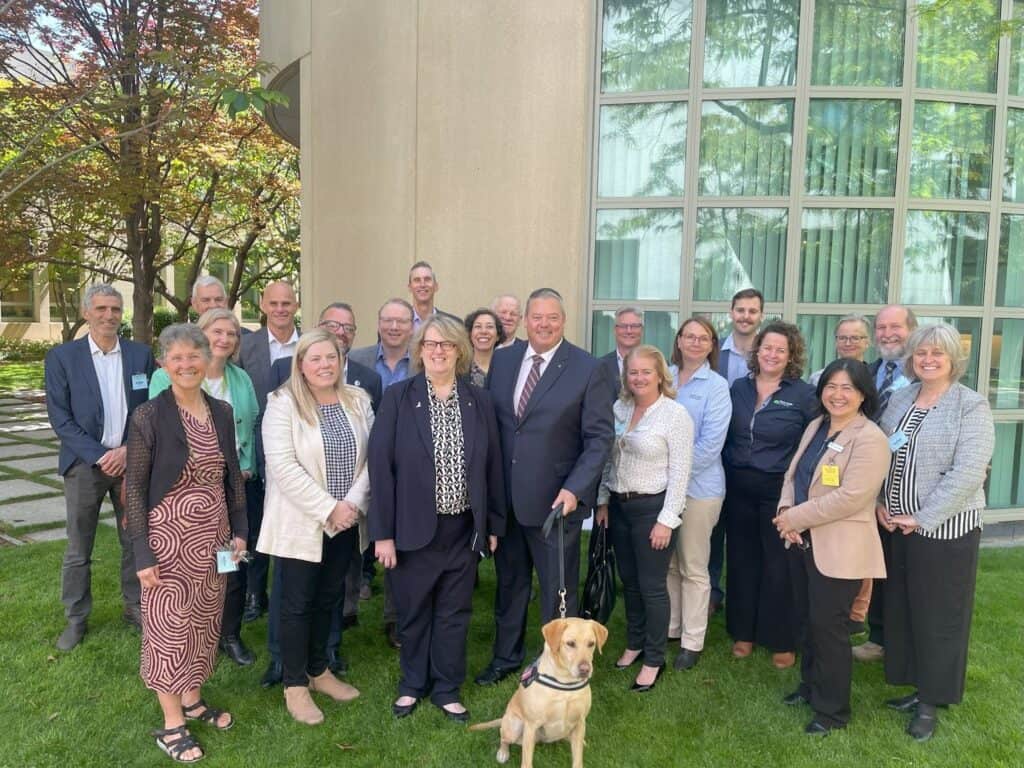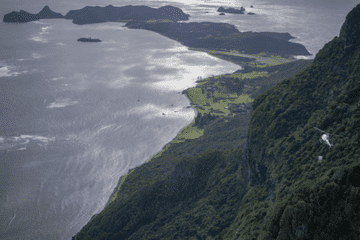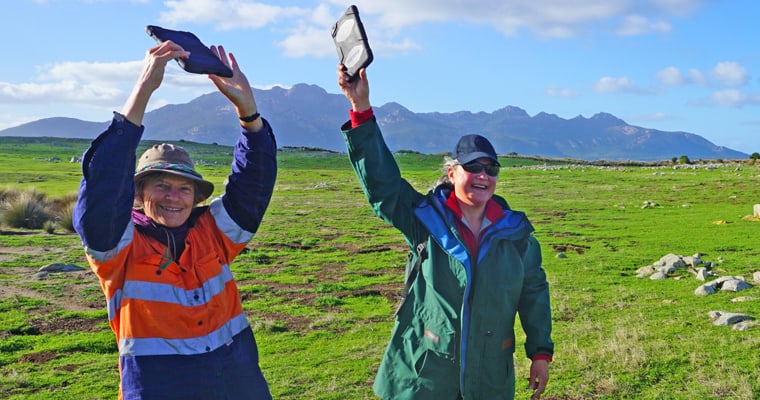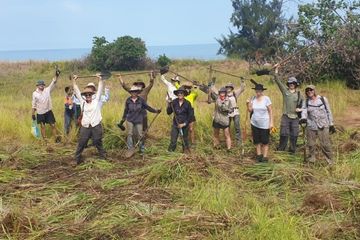On 18 October the Decade of Biosecurity (DoB) project partners came together to launch the Parliamentary Friends of Biosecurity group at Parliament House in Canberra.
The group will act as an important platform to elevate biosecurity issues, highlight the importance of a strong and well-resourced biosecurity system, and provide opportunities for parliamentarians to hear firsthand from stakeholders about the biosecurity challenges they face.
The project partners – including the Invasive Species Council, Animal Health Australia, Centre for Invasive Species Solutions, Plant Health Australia, National Farmers Federation, NRM Regions Australia, National Landcare Network, Landcare Australia and federal, state and territory biosecurity agencies – were thrilled to see this group officially commence after proposing its formation earlier this year.
But the real stars of the show were the biosecurity detector dogs, who brought in the crowds as they showed off their odour-sensing talents with several demonstrations. These four-legged heroes are trained to sniff out potential biosecurity risks. They’re part of our front-line of defence for preventing the introduction of harmful pests and diseases that could be brought into the country on plant and animal material from overseas, posing devastating risks to our environment and agricultural industries.
Thank you to all the parliamentarians who came along to the launch! And a particular thanks to the co-convenors Senator Linda White and Mr Andrew Willcox MP for engaging and championing the importance of biosecurity in the protection of our environment, our industry and economy and our community. It takes all of us to keep Australia safe!

The Decade of Biosecurity (DoB) aims to make the 2020s a pivotal era for biosecurity. Its
mission is to empower industries, businesses and community members to become the
backbone of a robust biosecurity system. By engaging all Australians, we can fortify our
biosecurity system to shield our economy, safeguard our environment and preserve our
unique way of life.
To learn more about how you can play your part in the Decade of Biosecurity visit
Biosecurity2030.org.au – or sign-up to show your support and receive regular updates.




